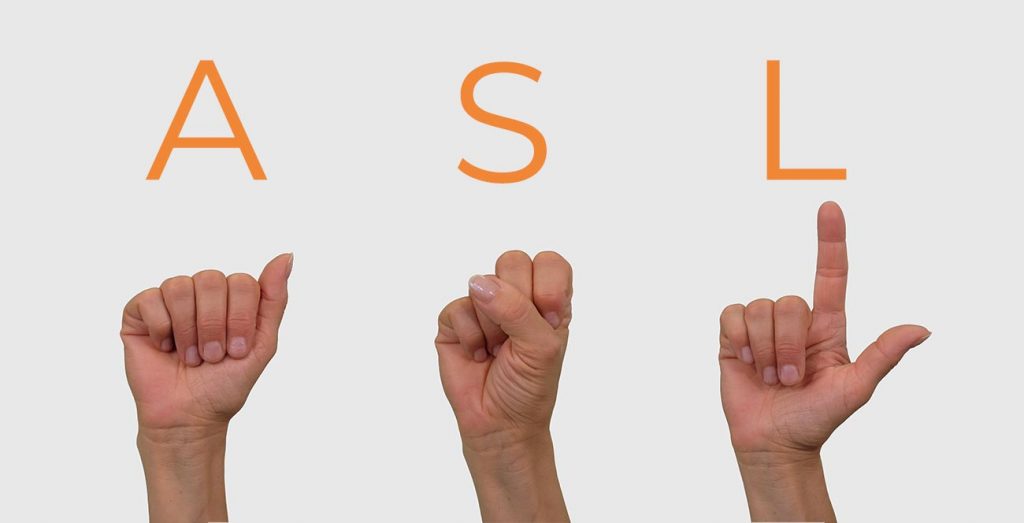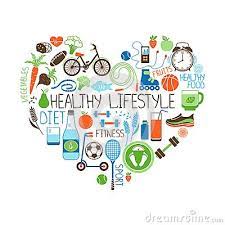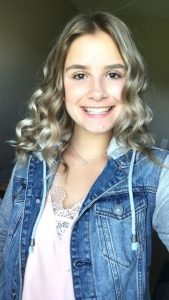
Category: Uncategorized (Page 2 of 3)
It is a very strong belief of mine that physical activity goes hand in hand with student development. Research has proven so, “A student’s ability to absorb more information is related to how much exercise they get. Research shows that physical exercise is also tied to academic performance. According to the article “Physical activity may help kids do better in school, studies say,” Jill Adams writes that students who were more fit got better scores on standardized academic tests. In addition, students who were more active showed “greater attention” and had “faster cognitive processing speed.” Many students spend their unstructured time running around and playing games, and time spent exercising has shown greater academic benefits than more time spent in the classroom.” (Romina Barros, Jill Adams). Below are some resources highlighting the importance of Physical Activity. Please feel free to take a look!
2018 ParticipAction Report Card
Importance of Physical Education: Motivation and Motivational Climate
Still to come.
Still to come
Read, Write, Think – This is a great resource that discusses the important of implementing the writing process. It has resources for K- 12 educators. It includes a variety of lesson plans and activities great for all learners.
Mulitliteracies Portfolio– This is a resources I created myself with many literacy resources to use as an educator.
Still to come
This is the conclusion of my learning project. I actually really enjoyed the EDTC 300 project because it challenged us to learn something new. Not only did I learn a new skill but I also learned how to find online resource and what types of resources I learn best from. I found throughout this project the most useful resources where videos because they allowed me to visual see and here the ASL sign.

My ASL Learning Journey……..
Week 1-Learning Project- Throwback to Kindergarten with ASL Letters. In the first week of my learning project I started off with the very basics the letters. I used learning resources like YouTube videos and an ASL Learning app. I was actually surprised how fast I caught on which made me hopeful for the next week of learning.
Week 2- Easy as 1, 2, 3………Maybe? In week 2 of my ASL learning I seemed to hit a road block. Learning the All numbers seemed to be trickier then I expected because you had to use certain fingers to represent certain numbers. I continued to use resources like videos and apps because I found they were the easiest way for me to learn. Although I struggled to learn the numbers with a bit of extra practice I was able to master them and get ready for week 3.
Week 3- Yes, no and maybe so…… all entailed in this weeks learning. Week 3 marked the half way point of my learning project. I really liked this week of learning because I moved from the basics like numbers and letters to important things like common phrases. Learning these phrases really helped me to feel like I was final learning ASL. Which made me excited for the coming weeks of learning
Week 4- The home stretch of learning ASL is in sight! In week 4 of learning I expanded my knowledge and kept learning new phrases and common words. I found it challenging to find a good list of common phrase to learn so I decided next week I could go back to focusing on categories of learning. For week 4 of learning I relied on two main YouTube channels that were both super visual. With week 5 category of learning picked out I was excited to move on.
Week 5- Tik Tok for learning? …You can’t be serious. In week 5 of my learning project I really challenged myself to go outside the box and find some new leaning resources. This led me to Tik Tok. I was surprised to find such a large ASL learning community on Tik Tok which made it really easy to find resources to learn the days of the week, the months and some weather terms. Looking back I think that week 5 was my favourite week of learning for the simple reason that I was so happy to find an ASL community.
Week 6- What ASL for Babies? For week 6 I decided to take a bit of a different approach to my learning project. Instead of learning different signs I decided to search baby sign and learn more about it as a whole. I learned what baby sign is, why people use it and when you can start teaching it. In my final week of learning I tried to use some new resources so I used blogs and articles to guide my final week of learning. Overall I really liked this change of pace in the final week of my learning project.
When reflecting back on my learning project I am so proud to see how far I have come in six weeks. I am so glad I choose to learn ASL and as I continue to learn ASL beyond this class I will definitely to use the resources I found in this class like some YouTube channels and the ASL Tik Tok community. For anyone who is considering learning ASL I would definitely recommend finding and joining All learning communities on Tik Tok or Facebook right away because they where a huge inspiration to my learning. Thank you Katia for the challenge I have found a new passion I can’t wait to couture learning.

Fake news has becoming increasingly common within todays digital world. This is very problematic because many people myself included are taught the the internet has all the answers. This false informative allows us to easily accept new things we read on the internet as facts without even checking how credible it is. Fake news has becoming increasingly persistence in the last few years. As a future educator it is important that we give future generations the tools they need to dismantle fake news and give them the confidence to practice digital literacy.
It is clear that digital literacy is an important skill to teach to students however it might seem a bit unclear how to teach it or when to teach it. Its important to understand that variations of digital literacy can be taught at all different ages levels. I plan to teach K-5 when I finish my degree so for me teaching digital literacy might be a lot different then you would expect. As an earlier years teachers you often work with students to developed a foundation in variety of topics . That being said, teaching about digital literacy can easily be worked into the foundational aspects of a variety of subjects areas. In the early years I believe it is most important to allow students to develop an understanding pertaining to the subject matter. Like what is news, why do people try to trick us, who do you believe and also give them plenty of opportunities to explore fake news. This could simply be creating a dramatic and obviously fake article and reading it as a class in English then asking them if they believe the story which would start a conversation on fake news. As students become older and begin to enter middle years its a good idea to start introducing students to misleading and fake news. In the middle years area it is important for students to understand and recognize the different types and ways of mis informing. The video Helping Students Identify Fake News With The Five C’s of Critical Consuming is a great tool that can be used as a basic introduction to fake news. Once going on to teach about fake news more in depth two helpful resources for this area of learning are The 7 Types of Mis- and Dis-information and 10 Types of Misleading News. These resources would be great for middle school students because they don’t provide an overwhelming amount of information but they are still very informative. This area of learning can easily be tied into the Saskatchewan curriculum under one of the main health education program goals which is inquiry for health decision making. Within this section students are encouraged to practice making informed decisions. Expanding digital literacy into the high school levels is also a great idea that would provide basic follow up on the middle years learning. Once students reach the high school they will have a detailed understanding of fake news and be able to recognize it. From here we can begin to build on skills like understanding the meanings behind fake news and incorporating some projects that are similar to the projects done in the NTCE Pilot Project.





Recent Comments